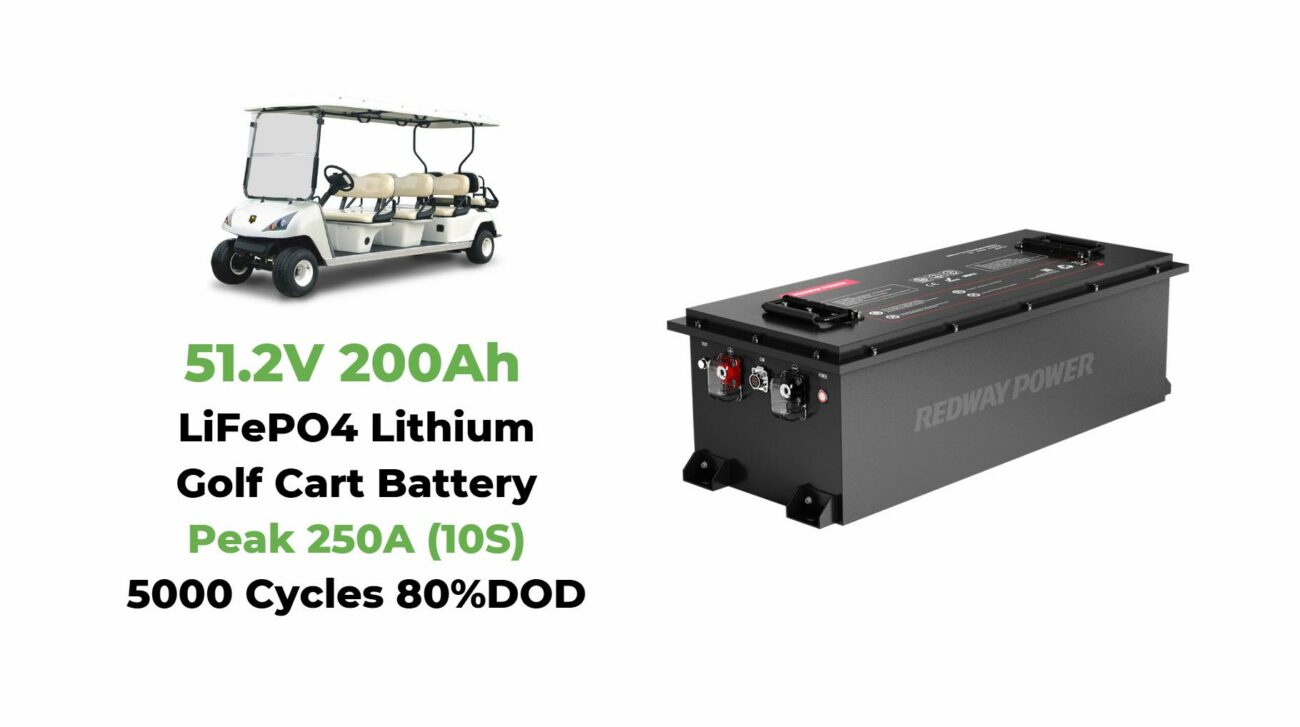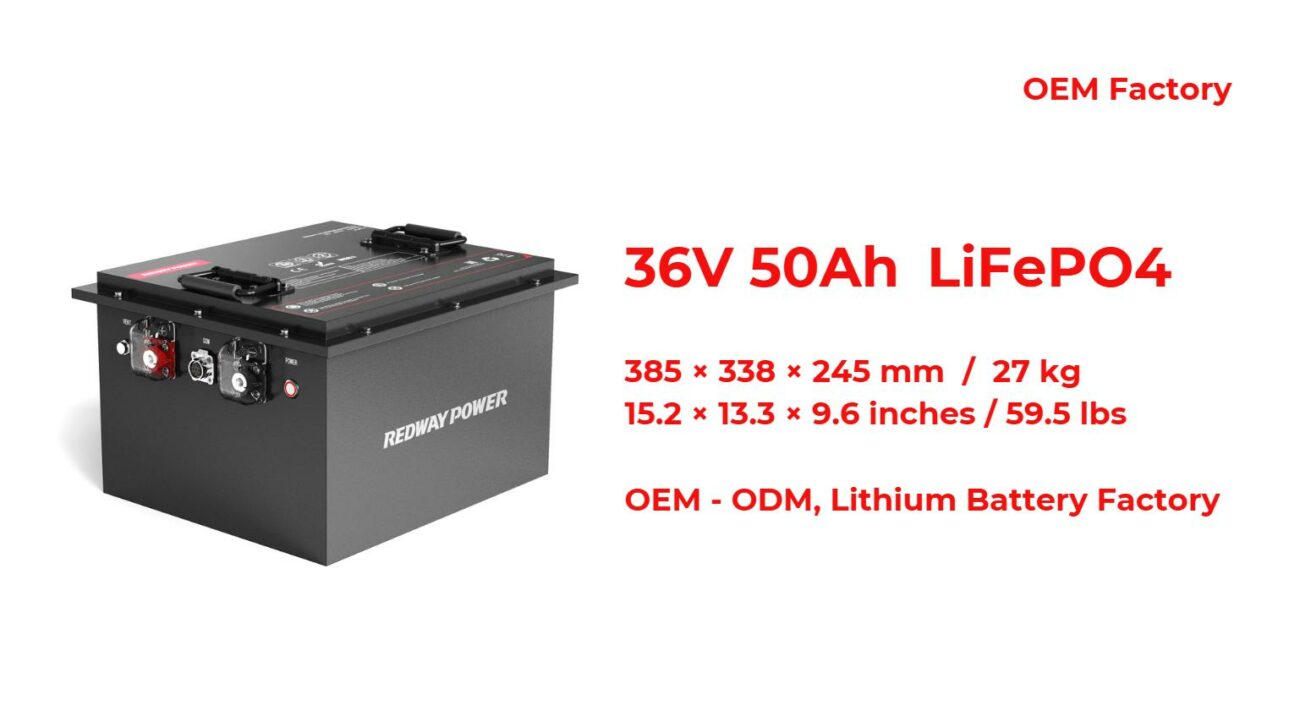How Effective is the 180Ah Golf Cart Battery?
How effective is a 180Ah golf cart battery? A 180Ah (ampere-hour) golf cart battery provides extended runtime, durability, and reliable power for long rides. Its high capacity supports 18-25 miles per charge, withstands frequent deep discharges, and performs well in varied temperatures. Ideal for hilly terrains and heavy loads, it balances energy density and lifespan, making it a top choice for recreational and utility carts.
How Does a 180Ah Battery Compare to Lower-Capacity Alternatives?
A 180Ah battery outperforms lower-capacity models (like 100Ah or 150Ah) by delivering 20-40% longer runtime. For example, a 48V system with 180Ah batteries lasts 6-8 hours under moderate load, while a 150Ah battery lasts 4-6 hours. The higher reserve capacity also reduces voltage drop during acceleration, ensuring consistent torque on inclines.
| Battery Type | Runtime (Hours) | Max Load Capacity |
|---|---|---|
| 100Ah | 3-4 | 300 lbs |
| 150Ah | 4-6 | 450 lbs |
| 180Ah | 6-8 | 600 lbs |
What Factors Influence the Lifespan of a 180Ah Golf Cart Battery?
Key factors include depth of discharge (DoD), charging habits, and temperature. Keeping DoD below 50% extends cycle life to 1,200+ charges versus 600 cycles at 80% DoD. Using a smart charger that prevents overcharging and equalizes cells can add 18-24 months to lifespan. Operating in temperatures above 95°F or below 32°F accelerates degradation by 30%.
Sulfation—a buildup of lead sulfate crystals—is the primary cause of premature failure in deep-cycle batteries. This occurs when batteries remain partially charged for extended periods. Regular full charging cycles and monthly equalization (applying controlled overvoltage) dissolve these crystals. Research from the Battery Industry Research Consortium shows that batteries maintained at 50% DoD and 70°F ambient temperature achieve 40% more cycles than those subjected to daily 80% discharges.
What Maintenance Practices Optimize a 180Ah Battery’s Performance?
Critical practices include:
- Monthly terminal cleaning with baking soda to prevent corrosion
- Topping up distilled water to 1/8″ above plates
- Storing at 50-80% charge in temperatures below 80°F
- Performing equalization charges every 10 cycles
Hydrometer testing provides crucial insights into electrolyte health. Each cell should maintain a specific gravity between 1.265 and 1.299 when fully charged. Variations exceeding 0.03 points indicate imbalance requiring equalization. For flooded lead-acid batteries, watering frequency increases during summer—check levels biweekly in hot climates. Always use deionized water to avoid mineral contamination, which can reduce conductivity by up to 15%.
Are Lithium 180Ah Batteries Better Than Lead-Acid for Golf Carts?
Lithium 180Ah batteries offer 70% weight reduction, 2,000+ cycles, and 95% depth of discharge tolerance. However, they cost $1,200-$1,800 vs. $400-$600 for lead-acid. For users needing daily use and fast charging, lithium is superior. Occasional users may prefer lead-acid for upfront cost savings.
| Feature | Lead-Acid | Lithium |
|---|---|---|
| Weight | 62 lbs | 18 lbs |
| Charge Time | 8-10 hours | 4-5 hours |
| Cycle Life | 1,200 cycles | 3,000 cycles |
“Modern 180Ah batteries are game-changers,” says Dr. Ellen Torres, a mobility power systems engineer. “We’ve optimized grid alloys to reduce corrosion by 40% compared to 2010 models. Pair them with adaptive chargers, and users can reliably get 5-7 years from lead-acid or 10+ from lithium—if they avoid the two biggest killers: chronic undercharging and heat.”
FAQs
- How long does a 180Ah battery last per charge?
- 18-25 miles depending on load, terrain, and speed. At 15 mph with 300 lbs payload, expect 20-22 miles.
- Can I upgrade my 150Ah cart to a 180Ah battery?
- Yes, if the battery tray dimensions match. A 180Ah battery is typically 10-15% larger. Check voltage compatibility (most carts use 6V/8V batteries in series).
- What’s the warranty on a 180Ah golf cart battery?
- Lead-acid: 12-24 months. Lithium: 5-8 years. Pro-rated warranties often require annual load testing.


